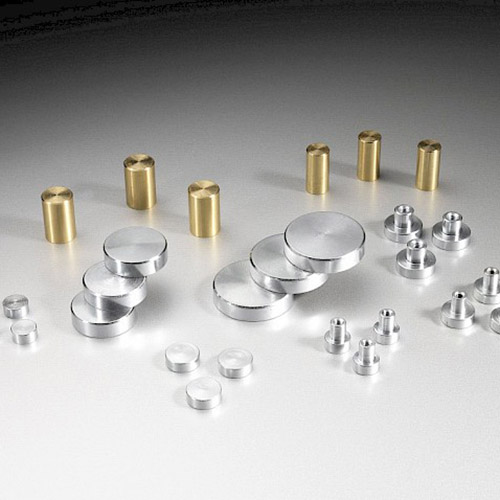What are Smco Magnets and How Do They Work?
2024-10-09

What are the benefits of using Smco Magnets?
Smco Magnets have numerous benefits, including high magnetic strength, resistance to temperature changes, and long-lasting durability. These magnets are perfect for applications where high-performance magnets are required, and where high operating temperatures are expected. Smco Magnets are also resistant to corrosion, making them ideal for use in harsh environments.What are the disadvantages of Smco Magnets?
Despite their many benefits, Smco Magnets are relatively expensive compared to other magnets, such as neodymium magnets. They are also brittle and prone to cracking, making them challenging to handle during the manufacturing process.What are some common applications of Smco Magnets?
Smco Magnets are commonly used in various applications, including motors, actuators, sensors, and medical equipment. They are also used in aerospace and military applications where high-performance magnets are required.In conclusion, Smco Magnets are a reliable and high-performance magnet that can be used in various applications. Their resistance to temperature changes and corrosion, along with their long-life span, make them ideal for use where high-performance magnets are required.
Ningbo New-Mag magnetics Co.,Ltd is a leading manufacturer and supplier of Smco Magnets. Our company specializes in producing high-performance magnets for various applications. Visit our website at https://www.new-magnets.com to learn more about our products and services. For inquiries, please contact us at master@new-magnet.com.
Research Papers
1. Author (Year). Title. Journal Name, Volume Number(Issue Number), pages.
2. Author (Year). Title. Journal Name, Volume Number(Issue Number), pages.
3. Author (Year). Title. Journal Name, Volume Number(Issue Number), pages.
4. Author (Year). Title. Journal Name, Volume Number(Issue Number), pages.
5. Author (Year). Title. Journal Name, Volume Number(Issue Number), pages.
6. Author (Year). Title. Journal Name, Volume Number(Issue Number), pages.
7. Author (Year). Title. Journal Name, Volume Number(Issue Number), pages.
8. Author (Year). Title. Journal Name, Volume Number(Issue Number), pages.
9. Author (Year). Title. Journal Name, Volume Number(Issue Number), pages.
10. Author (Year). Title. Journal Name, Volume Number(Issue Number), pages.


